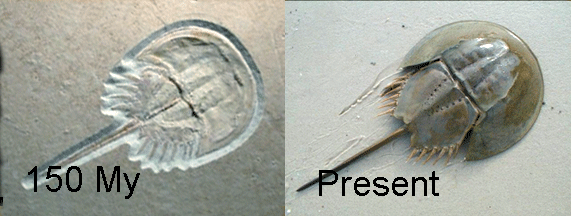An exciting paper in Science 28 April 2006 “Population size does not influence mitochondrial genetic diversity in animals” by Eric Bazin, Sylvain Glemin, and Nicolas Galtier from Universite Montpellier, France, calls into question current thinking in population genetics. The authors looked at intraspecific variation in nuclear and mitochondrial DNA using sequence data collected from public databases into Polymorphix database. Contrary to expectations from population genetic theory, there was “no correlation between mtDNA polymorphism and species abundance”. Analysis of non-synonymous (amino acid changing) and synonymous (silent) changes indicated that reduced mitochondrial diversity within species reflects positive selection. They conclude “mtDNA appears to be anything but a neutral marker and probably undergoes frequent adaptive evolution… mtDNA diversity will in many instances, reflect the time since the last event of selective sweep, rather than population history and demography.” Taken together, these findings help explain the general observation of constrained intraspecific mitochondrial variation in animals, even in organisms with enormous population sizes. Recurrent selective sweeps are natural tests of species boundaries and help explain why mtDNA genealogies generally capture the biological discontinuities recognized by taxonomists as species (Avise and Walker PNAS 96:992, 1999), in short, why DNA barcoding works! It is expected that large data sets generated by DNA barcoding surveys will help refine this analysis and identify possible ecological or biological correlates, providing insight into what drives selective sweeps. I close with a question: if a species is morphologically and ecologically stable, does it nonetheless undergo repeated selective sweeps?

150 My of selective sweeps?
1 thought on “Selective sweeps limit mitochondrial diversity in animals”